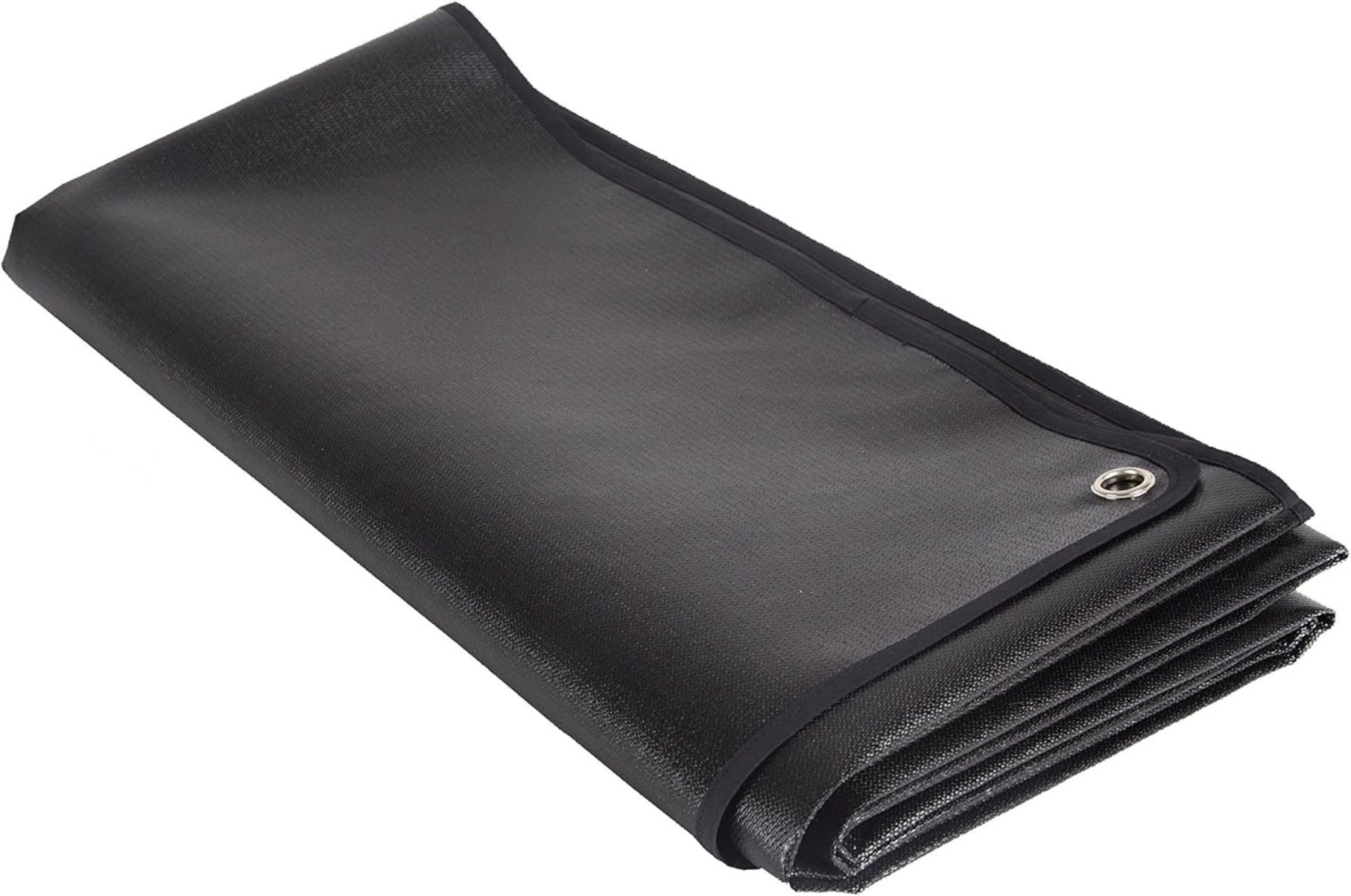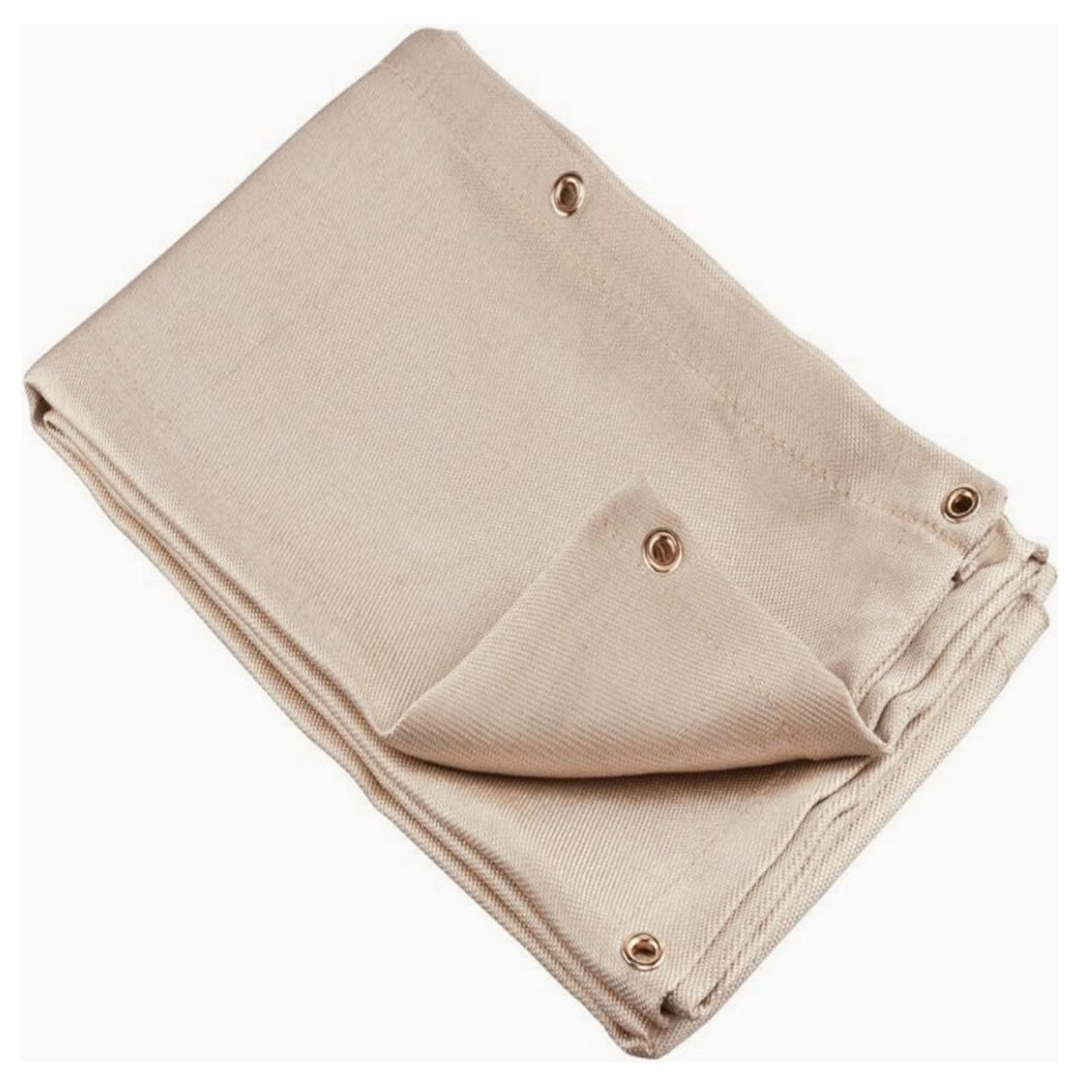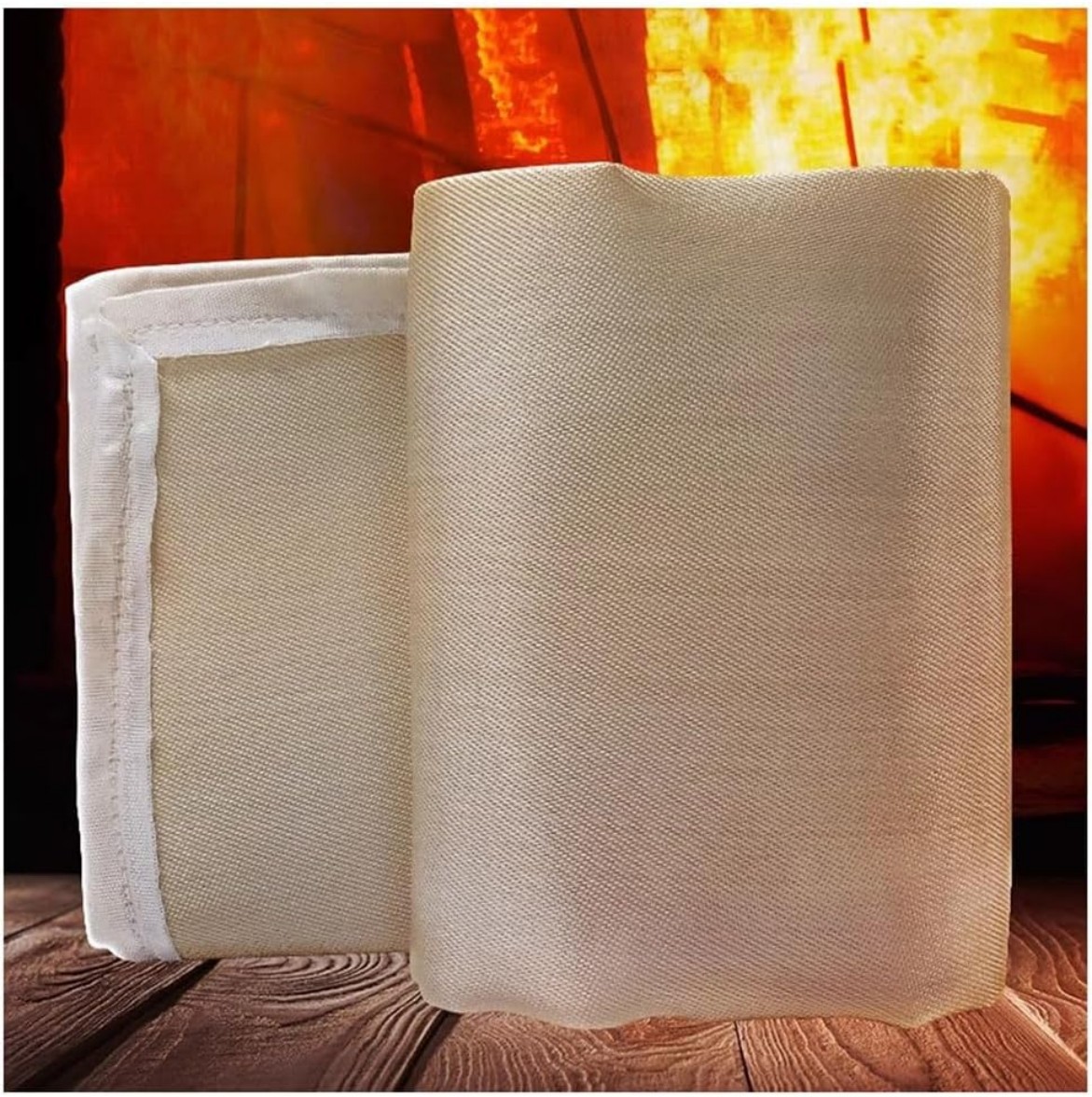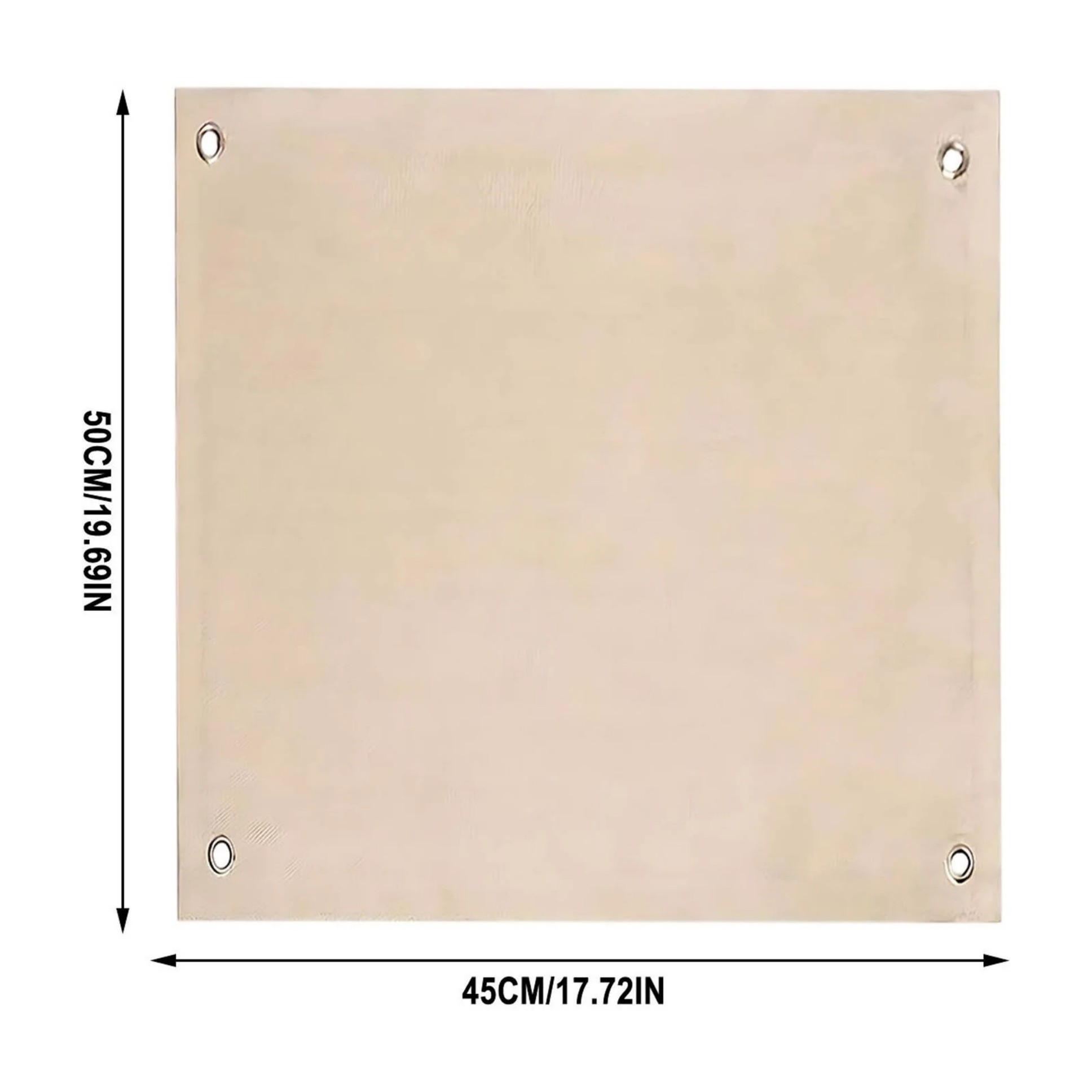Fire Blanket Colors: What They Mean and How to Choose
Summary:Fire blanket colors indicate materials, standards, and uses. Red is most common, while other colors serve specific purposes. Choose based on your fire risks and environment. Proper color selection enhances safety.
Understanding Fire Blanket Color Codes
When you look at fire blankets, you'll notice they come in different colors. These colors aren't just for appearance - they communicate important information about the blanket's composition and intended use.
The most common fire blanket color is red, which you'll find in most homes and workplaces. Red blankets are typically made from fiberglass or wool and designed for general fire suppression.
Common Fire Blanket Colors and Their Meanings
Red Fire Blankets:Your standard fire blanket for small fires (cooking, electrical, or clothing fires). These meet basic safety standards and work for most common scenarios.
Blue Fire Blankets:You'll often find these in laboratories or industrial settings. The blue color indicates chemical resistance, making them suitable for acid or chemical fires.
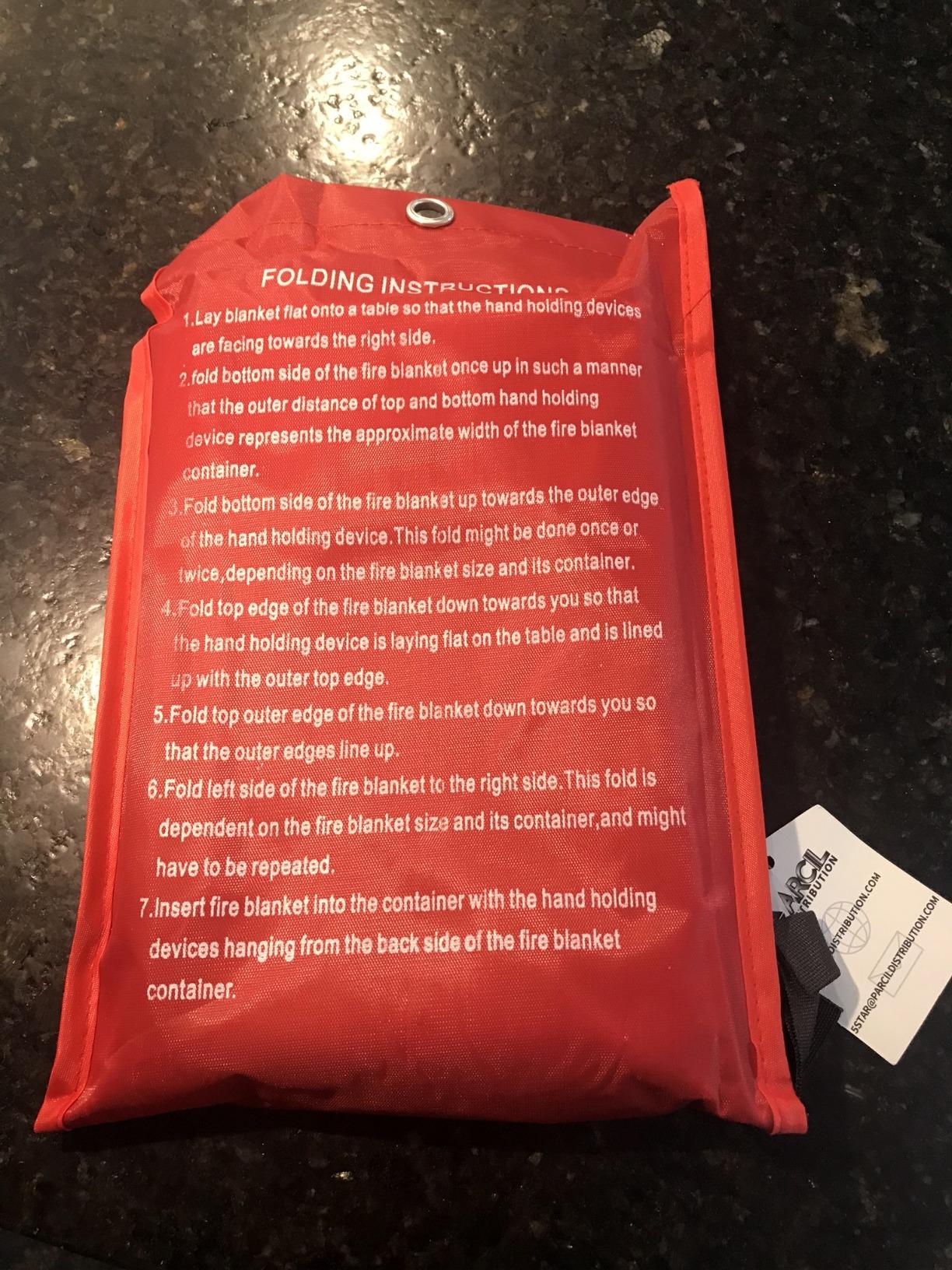
White Fire Blankets:When you see white, it usually means the blanket is made from special materials for high-temperature applications like welding or metalworking.
Specialty Fire Blanket Colors
Some manufacturers use additional colors for specific purposes:
- Yellow:Often indicates blankets designed for electrical fires
- Green:Sometimes used for environmentally friendly materials
- Silver/Gray:May denote blankets with reflective surfaces for radiant heat protection
Why Fire Blanket Colors Matter
Choosing the right color fire blanket helps you:
- Quickly identify the appropriate blanket in an emergency
- Ensure you're using the correct blanket for your specific fire risk
- Meet industry or workplace safety standards
- Maintain proper safety equipment inventory
Selecting the Right Fire Blanket Color
Consider these factors when choosing fire blanket colors:
For home use:Stick with standard red blankets unless you have specific risks like chemical storage.
For commercial kitchens:Red is still standard, but consider size and thickness for grease fires.
For industrial settings:Match the blanket color to your primary fire risks (blue for chemicals, white for high heat).
Maintenance and Visibility
Regardless of color, ensure your fire blanket:
- Remains clearly visible in its designated location
- Has color that hasn't faded significantly (fading may indicate UV damage)
- Is stored in an easily accessible, marked container
International Color Standards
While fire blanket colors often follow common conventions, standards vary by country. Always check:
- Local fire safety regulations
- Manufacturer specifications
- Industry-specific requirements
Conclusion
Fire blanket colors serve as quick visual indicators of their capabilities. While red blankets work for most situations, other colors address specific hazards. Choose colors based on your environment's risks, and always prioritize proper placement and maintenance regardless of color.


